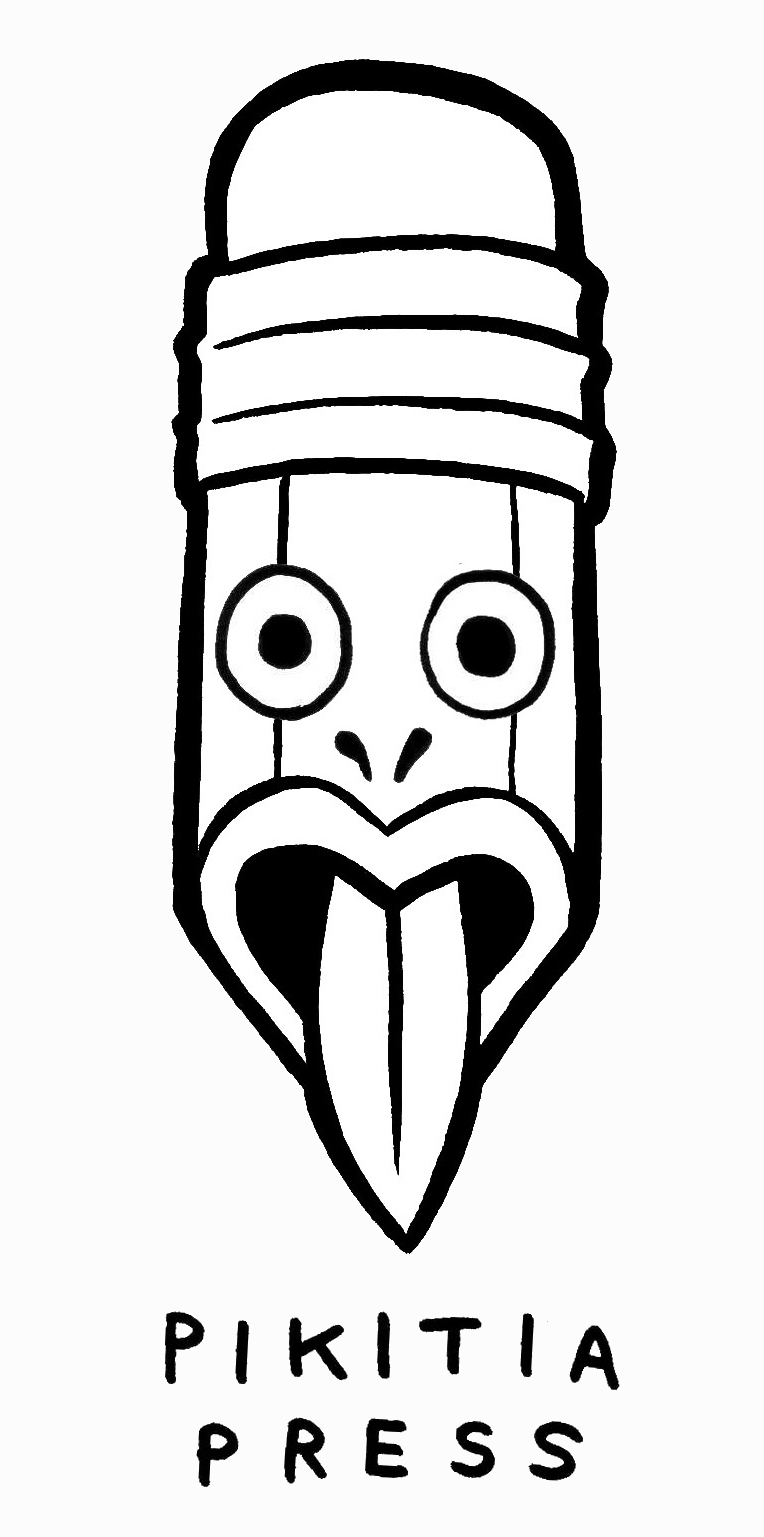The several page article 'The Cartoonists' appeared in the weekly New Zealand Heritage magazine published in the early 1970's and eventually collected as a set of Encyclopedias.
Sir Gordon Minhinnick wartime cartoon circa 1940's from The Evening Star
The Cartoonists Part One
Pen-and-ink commentators on national foibles have tended to avoid biting satire and to reflect the good-humoured, slow-to-anger temperament of their fellow countrymen.
With 20 sheep to every man, woman and child, New Zealand should have a surfeit of mutton and a scarcity of wit: pastoral peoples are supposed to resemble the goatherd of European literature in being earthy, inexpressive, dogged and slow. Yet for nearly a century New Zealand newspapers and periodicals have been able to find cartoonists of peculiar wit and artistry in spite of a steady loss through emigration.
The quality of the emigrant cartoonists is high, and the bigger audience they reach abroad makes it seem higher. Nobody is immune from judgments of power and scale, which make Britain's Guardian more important than the New Zealand Herald and London's Evening Standard of more consequence than Wellington's Evening Post. So it is that in the realm of humour and satire David Low is more of a name to be conjured with than Gordon Minhinnick, and Murray Ball than Nevile Lodge.
Two fallacies are widely held about New Zealand cartoonists. One is that those who have won high reputation abroad became good cartoonists only after leaving New Zealand. The other is that, Minhinnick possibly excepted, those who remain are not good enough to have won fame anywhere else.
The first fallacy is easily exposed. Low it is true matured partly in Australia and wholly thereafter in Britain. It could hardly have been otherwise with an artist who left New Zealand at the age of 20. But Low had been cartooning for eight years for the Spectator (New Zealand) and the Canterbury Times before he left and his art was sophisticated enough to make him welcome on the Sydney Bulletin at once.
The same is true of Low's contemporaries and his successors. George Finey, a contemporary, was a superb caricaturist before he left New Zealand, and although he never ventured beyond Australia he would have found few peers anywhere in the world. Stuart Peterson, another contemporary whose work appeared in the Free Lance and who later went to the Sydney Sun, was both subtle and unique in his style. His drawing of Johannes Andersen, the Turnbull Librarian of his day, shows how little he stood to gain (except money) from traveling abroad.
Keith Waite
As in the early years of the century, so in the later. Keith Waite and Neville Colvin, two cartoonists successful in London, developed their skills on the Otago Daily Times and the Evening Post respectively over several years. Murray Ball, whose palaeolithic hero Stanley enlivens the pages of Punch, was no less able and witty when his cartoons first appeared, years before, in the New Zealand Listener. Even Les Gibbard, who at 23 became a political cartoonist on the Guardian in 1968, had reached journeyman status under Minhinnick's tutelage on the New Zealand Herald.
Les Gibbard
Three years later, at 26, Gibbard was one of the top political cartoonists in Britain, his status confirmed by such papers as Copenhagen's Politiken, Le Monde of Paris, and the New York Times, all of which publish his work in their collections of comment from around the world.
"Our School Bored", by Arthur L. Palethorpe, published in New Zealand Punch of November 1 1879. A skilled academic artist, Palethorpe gave early expression to a favoured New Zealand form of wit, the pun. (Image credit: Alexander Turnbull)





